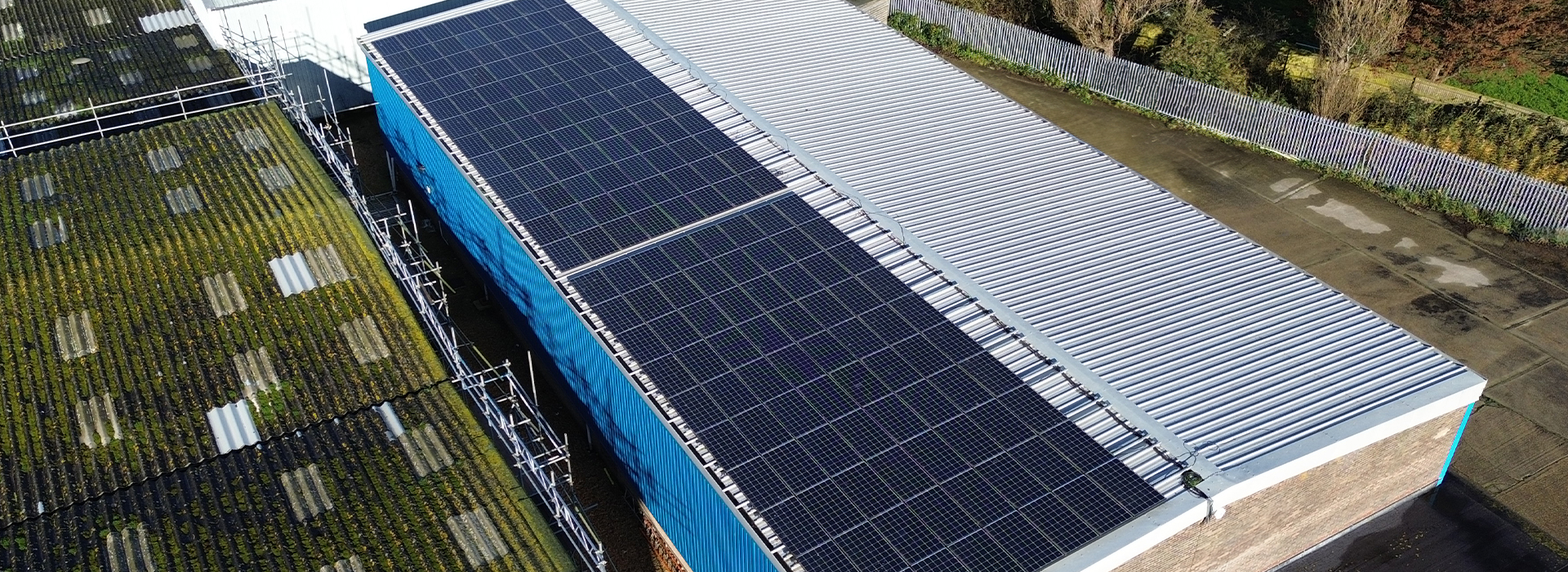Fall protection systems are essential for ensuring the safety of workers on both industrial and commercial roofs. However, the requirements and considerations for these systems can vary significantly based on the type of roof and the nature of the work being performed. Understanding the differences between fall protection systems on industrial and commercial roofs is crucial for selecting the most suitable solution and maintaining a safe working environment.
Types of Fall Protection Systems
Passive vs. Active Systems
Fall protection systems can be broadly categorised into passive and active systems. Passive systems, such as guardrails and safety nets, are designed to prevent falls from occurring. Active systems, such as personal fall arrest systems and lifelines, are intended to arrest falls and minimise the risk of injury.
Examples of Each Type
Passive Systems: Guardrail systems, safety nets
Active Systems: Personal fall arrest systems, lifelines
Industrial Roof Fall Protection Systems
Industrial roofs often require robust fall protection systems due to the nature of the work and the height of the structures involved. Some common fall protection systems used on industrial roofs include:
Guardrail Systems: Provide a physical barrier along the edges of the roof to prevent falls.
Safety Nets: Installed below the work area to catch workers in the event of a fall.
Personal Fall Arrest Systems: Consist of a harness, lanyard, and anchor point to arrest falls and prevent serious injuries.
Commercial Roof Fall Protection Systems
Commercial roofs, such as those found on office buildings and retail stores, may have different requirements for fall protection. Common fall protection systems used on commercial roofs include:
Roof Anchors: Fixed anchor points that allow workers to attach their harnesses and lanyards.
Horizontal Lifelines: Provide continuous fall protection for workers moving along the length of the roof.
Safety Harnesses: Worn by workers and attached to anchor points to prevent falls.
Key Differences Between Industrial and Commercial Roof Fall Protection Systems
Several factors differentiate fall protection systems on industrial and commercial roofs, including:
Structural Considerations: Industrial roofs may have larger spans and heavier loads, requiring more robust fall protection systems.
Regulatory Requirements: Industrial facilities are often subject to stricter safety regulations than commercial buildings, influencing the choice of fall protection systems.
Frequency of Use: Industrial roofs may require more frequent access for maintenance and repairs, necessitating durable and versatile fall protection solutions.
Cost Implications: Industrial fall protection systems may involve higher upfront costs due to the complexity of the installations and the need for specialised equipment.
Choosing the Right Fall Protection System
Selecting the appropriate fall protection system requires a careful assessment of various factors, including the type of roof, the nature of the work, and budget constraints. Compliance with safety regulations and industry standards is paramount to ensure the effectiveness of the chosen system.
Importance of Proper Installation and Maintenance
Regardless of the type of fall protection system chosen, proper installation and regular maintenance are essential to ensure its effectiveness. Routine inspections and repairs can help identify potential hazards and prolong the lifespan of the equipment, reducing the risk of accidents and injuries.
Conclusion
Fall protection systems play a critical role in maintaining a safe working environment on both industrial and commercial roofs. By understanding the differences between these systems and considering factors such as regulatory requirements and structural considerations, employers can select the most appropriate solution for their specific needs.



